Silverbeet Fordhook Giant
$4.49
Beta Vulgaris
- Seed Count 50
- Aussie Favourite
- Hardy Biennial
In stock
Description
Silverbeet Fordhook Giant is the standard silver beet, also known as Swiss chard, with dark green, savoyed (crinkled) leaves, white veins and broad white stems.
A particularly prolific variety which produces wonderful, heavily crumpled green leaves with white mid-rib and veins. The plants have an upright growth, grow to a height of around 50cm and a spread of 40cm and have a delicious mild, sweet flavour.
High in fibre, protein, and vitamins, Silverbeet is very versatile in the kitchen. The white stems are deliciously succulent when cooked like asparagus, and served with butter.
The large, tasty leaves make a flavoursome alternative to spinach, and if left to flower, the flower stalks can also be cooked and eaten like sprouting broccoli.
Extremely popular in Australia, this heirloom variety is both a tasty and versatile easily grown vegetable that will provide a continuous crop over a long period.
| Method: Sow direct | Soil Temp: 10°C - 30°C |
| Cool Mountain: Sep - Mar | Position: Part sun |
| Arid: Jan - Dec | Row Spacing: 30cm apart |
| Temperate: Sep - May | Planting Depth: 10mm |
| Sub Tropical: Jan - Dec | Harvest: 60 days |
| Tropical: Apr - Jul | Plant Height: 40cm |
Climate and Timing:
- Ideal Regions: Silverbeet flourishes in temperate to cool regions. It can tolerate heat but prefers a cooler growing period.
- Seasons for Planting:
- Cooler Areas: Sow seeds from early spring to summer.
- Warmer Areas: Sow seeds in autumn and avoid the hottest summer months to prevent bolting.
Soil Preparation:
- Soil Type: Prefers fertile, well-drained soil with good organic content. Ideal soil texture is sandy loam or loamy soils.
- pH Levels: Aim for a pH of 6.0 to 7.0. Conduct a soil test, if possible, to determine required amendments.
- Soil Preparation Steps:
- Clear the area of debris and weeds.
- Incorporate organic matter such as compost or well-rotted manure to enrich the soil.
- Break up any large clumps and ensure good aeration.
Planting:
- Seed Starting:
- Seeds can be sown directly in the garden or started indoors for later transplanting.
- Plant seeds 1 cm deep.
- Spacing:
- Space seeds or seedlings about 30 cm apart to allow for mature growth.
- For a continuous harvest, you may stagger planting every few weeks.
Care and Maintenance:
- Watering:
- Maintain consistent moisture, especially in dry spells. Water deeply to encourage deep root growth; avoid waterlogging.
- Mulch around the plants to retain moisture and suppress weeds.
- Fertilisation:
- Use an all-purpose organic fertiliser every 4-6 weeks during the growing season to promote strong leaf growth.
- Pruning and Harvesting:
- Pick outer leaves as needed, allowing the inner leaves to continue growing.
- Regular harvesting promotes bushier growth and can extend the harvesting period.
Pests and Diseases:
- Common Pests:
- Aphids: Small insects that can cluster on leaves. Control with neem oil or insecticidal soap.
- Slugs and Snails: Manually remove or use organic barriers.
- Caterpillars: Hand-pick or use organic sprays to deter them.
- Diseases:
- Watch for downy mildew and rust. Ensure good air circulation and avoid overhead watering to reduce humidity on foliage.
Companion Planting
Good Companion Plants:
- Onions and Garlic: Strong scents repel aphids and other pests, protecting Silverbeet from infestations.
- Carrots: They do not compete heavily for nutrients and can help aerate the soil with their roots.
- Beets: Being from the same family, they often flourish together, utilizing similar nutrients effectively.
- Basil: Enhances the flavour of Silverbeet and can deter some pests.
Plants to Avoid:
- Pole Beans and Peas: These can attract pests that might also harm Silverbeet and compete for nutrients.
- Potatoes: They are susceptible to similar diseases and can hinder Silverbeet growth.
- Corn: Can shade Silverbeet and lead to inadequate light for optimal growth.
Additional Tips:
- Crop Rotation: Practice crop rotation to prevent nutrient depletion and reduce the risk of soil-borne diseases.
- Succession Planting: Plant Silverbeet in succession for continuous harvesting. This means sowing seeds every 2-3 weeks.
- Harvesting: Always harvest in the morning for the best taste and texture, removing only what you need to encourage continued growth.
Postage Charge
Orders under $30 attract a $4.50 shipping charge. Orders $30 and above have free shipping.
Order Times
Seed orders are normally dispatched within three business days. You will receive an email when seeds are mailed out.
Postage Days
Seeds are mailed out Monday to Friday at 1pm. Except for the Friday of long weekends.
Postage Times
WA 2-3 Days: SA,NT 3-5 Days: NSW, ACT, QLD, VIC: 5-7 Days
Carrier
We use Australia Post Letter Postage for the majority of orders
Not only are our seeds packed in recycled paper envelopes, we keep the theme going when we post out website orders. To protect your seeds from moisture and the letter box munchers (snails), we use a very special plastic free material made from plants. They are then put into recycled mailing envelopes. Green all the way 💚🌿

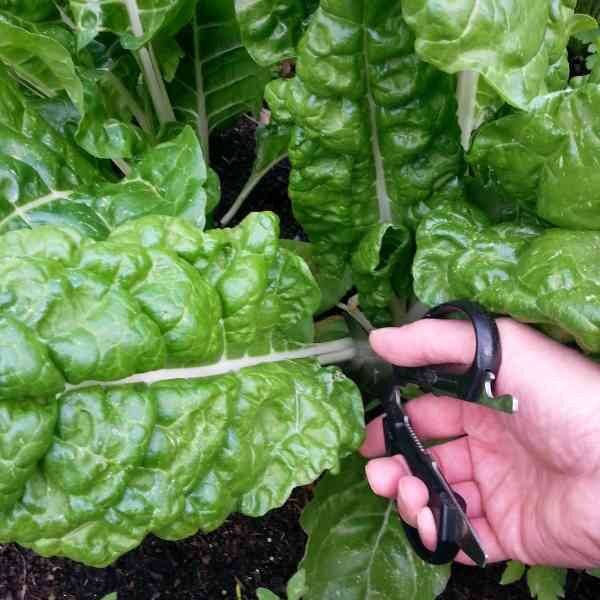
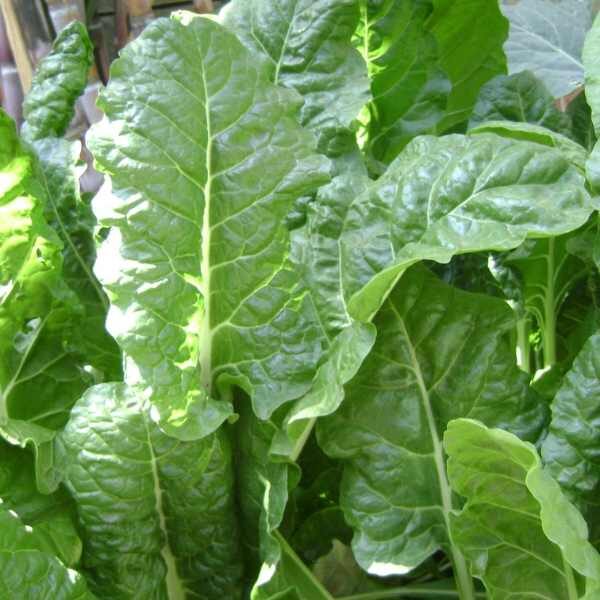









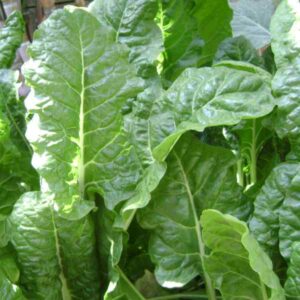




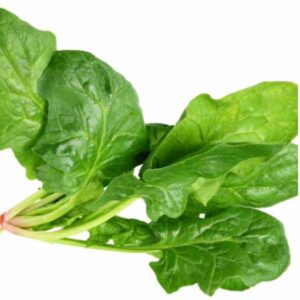
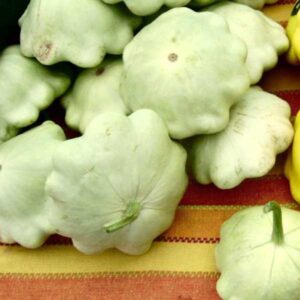

Reviews
There are no reviews yet